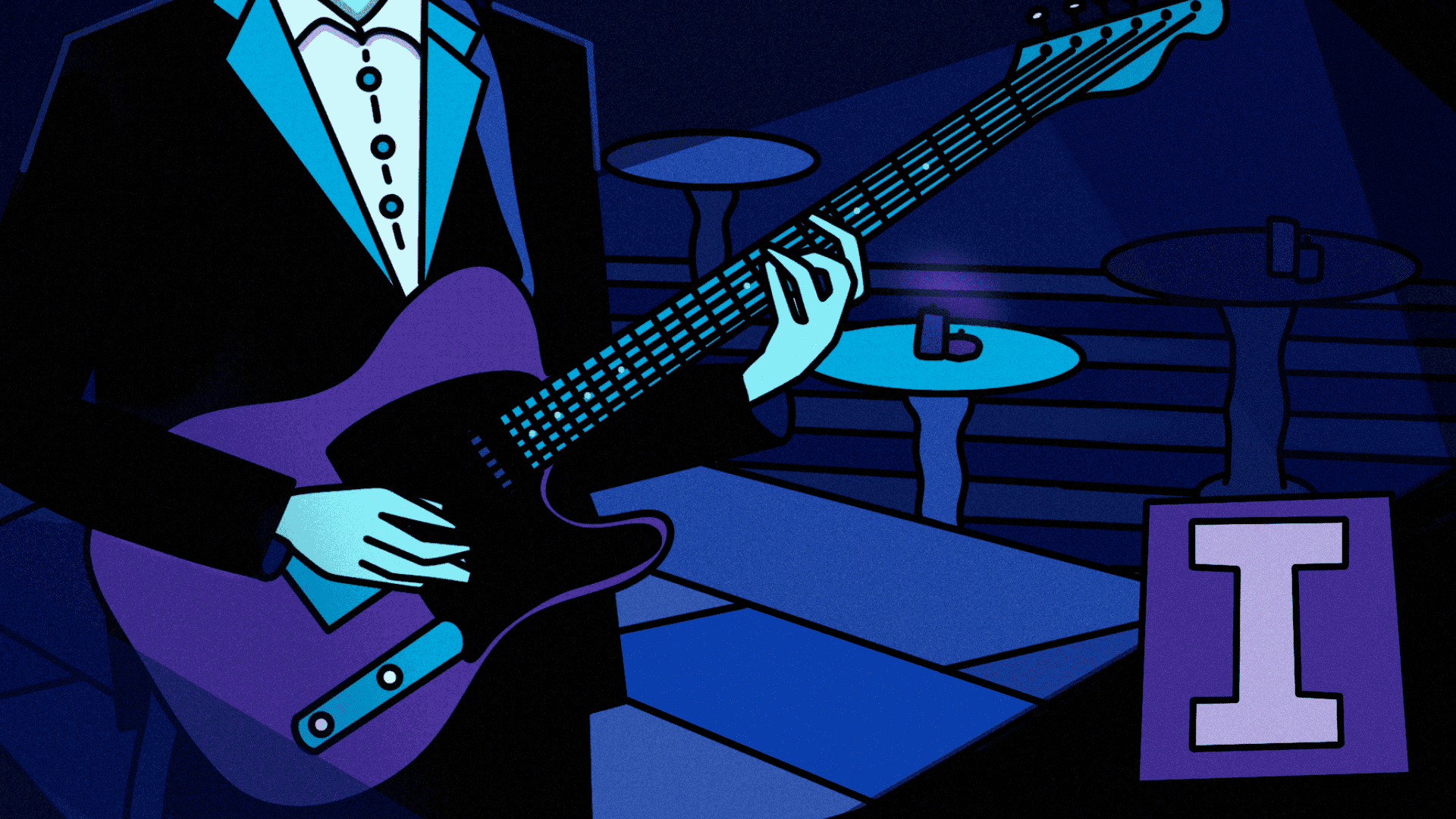We also love the tension in the blues, so the more times you can play an 'out' note and resolve it, the better!
Today I have something very special for the blues fans out there! I have put together an entire 12 bar blues solo that you can learn, absolutely free right here on our blog. If you love the blues, and especially the slow blues (my personal favourite), you will absolutely love this! I'll take you through the theory, scales and guide you in how to play the licks. So, when you're ready and have a guitar in hand, let's get started.
Before we start...
I wanted to quickly first mention that this is a detailed study piece, and is likely to take a while to get together. Take your time with it and don't rush. Every lick is a little bit of gold for you to use. If you're not sure how to use licks properly, I highly recommend this course alongside it.
The Video
As you work through the blog post, keep referencing the video as well for a detailed guide to all the licks and how I am playing them. You can also grab the backing track to play along with here.
The theory & Scales.
Let's kick off with the theory side of this lesson. I am using a combination of the major pentatonic and the minor pentatonic to play over a 12 bar blues. In this case, we are using the C major pentatonic and C minor pentatonic across the neck. The key to understanding why this works lies in the structure of the dominant 7th chords. They are built using the major 3rd and the minor 7th, which allows the use of both the major pentatonic and minor pentatonic.
“
Dan Holton
“
The focus of today's lesson is application of this theory, but if you would like a more detailed analysis of it, check out this blog post, or any of the courses below as they walk you through, step by step, this entire process.
More blues courses to help with theory.
Check out these blues courses and come with me on a journey to mastering your blues guitar playing!
For this particular solo we are generally using the C minor box 1 and 3, and the C major box 2 and 4. For your reference as you work through the solo, those shapes look like this:
The solo tab
With all of that said and done, lets take a look at the full tab for you to work through. Remember to always learn the licks with the scale shape in mind, and try to play them in your own style. This means to play them in a way that works for you (whether that's changing the fingering, the rhythm or even the odd note). Take your time with it and have a lot of fun! All the best, Dan.
Enjoyed this?
Go even further with a free trial to the Guitar Club.
Unlimited access to all our courses, practice journal, guitar toolbox and more!
Sign up now


